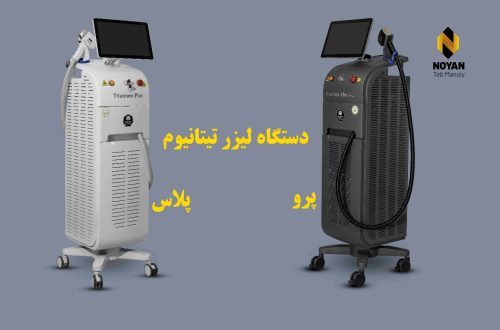Boxes are an integral part of our daily lives, serving as containers for everything from cereal to electronics. Yet, the journey from conceptualization to the finished carton involves a complex manufacturing process that often goes unnoticed. In this blog, we delve into the world of máquina fabricante de cajas, exploring the intricacies involved in turning raw materials into the sturdy containers we rely on.
- Conceptualization and Design: The box manufacturing process begins with conceptualization and design. Designers and engineers work together to create blueprints that meet the specific requirements of the product being packaged. Factors such as size, shape, strength, and aesthetic appeal are carefully considered during this phase.
Advanced software programs are used to create digital prototypes, allowing designers to visualize the final product and make necessary adjustments before production begins. These digital models serve as the foundation for the manufacturing process, providing precise specifications for each component of the box.
- Material Selection: Once the design is finalized, the next step is to select the appropriate materials for the box. Cardboard, corrugated board, and paperboard are among the most common materials used in box manufacturing due to their versatility, strength, and recyclability.
The type and thickness of the material are chosen based on factors such as the weight of the product, transportation requirements, and environmental considerations. Sustainable sourcing practices are becoming increasingly important, driving manufacturers to explore eco-friendly alternatives and minimize their environmental footprint.
- Printing and Pre-Press: Before the box can be assembled, it must undergo the printing process. Pre-press technicians prepare the digital artwork for printing, ensuring that colors are accurately reproduced and graphics are aligned correctly.
State-of-the-art printing presses are used to apply the design onto the flat sheets of cardboard or paperboard. Advanced printing techniques such as lithography, flexography, and digital printing enable manufacturers to achieve vibrant colors and intricate designs with precision and efficiency.
- Cutting and Creasing: Once the printing process is complete, the flat sheets are transferred to cutting and creasing machines. These machines use sharp blades and precision tools to cut the sheets into the desired shape and size, while also creating score lines for folding.
Computer-controlled systems ensure accuracy and consistency throughout the cutting and creasing process, minimizing waste and optimizing production efficiency. Complex die-cutting techniques allow manufacturers to create boxes with unique shapes and configurations, catering to a wide range of packaging needs.
- Folding and Gluing: The final step in the box manufacturing process is folding and gluing the flat sheets into three-dimensional cartons. Automated folding and gluing machines perform this task with speed and precision, folding along the score lines and applying adhesive to the appropriate areas.
Quality control measures are implemented at every stage of the folding and gluing process to ensure that the finished cartons meet the highest standards of durability and functionality. Any defects or inconsistencies are identified and rectified before the boxes are packaged and shipped to customers.
Conclusion: From conceptualization to carton, the box manufacturing process is a testament to precision engineering and technological innovation. By leveraging advanced materials and manufacturing techniques, manufacturers are able to produce boxes that are not only functional and durable but also environmentally sustainable.





